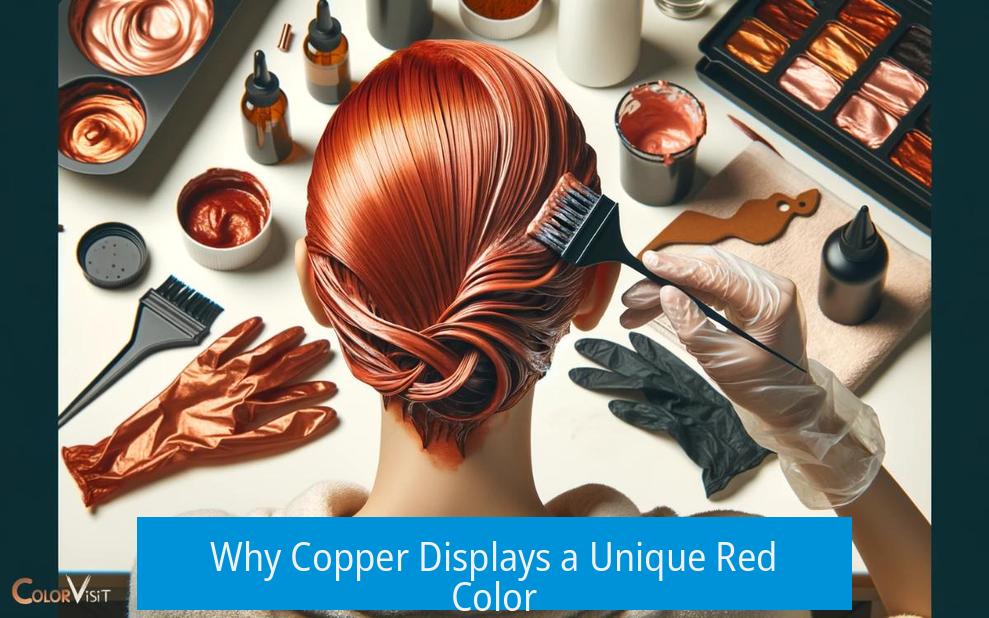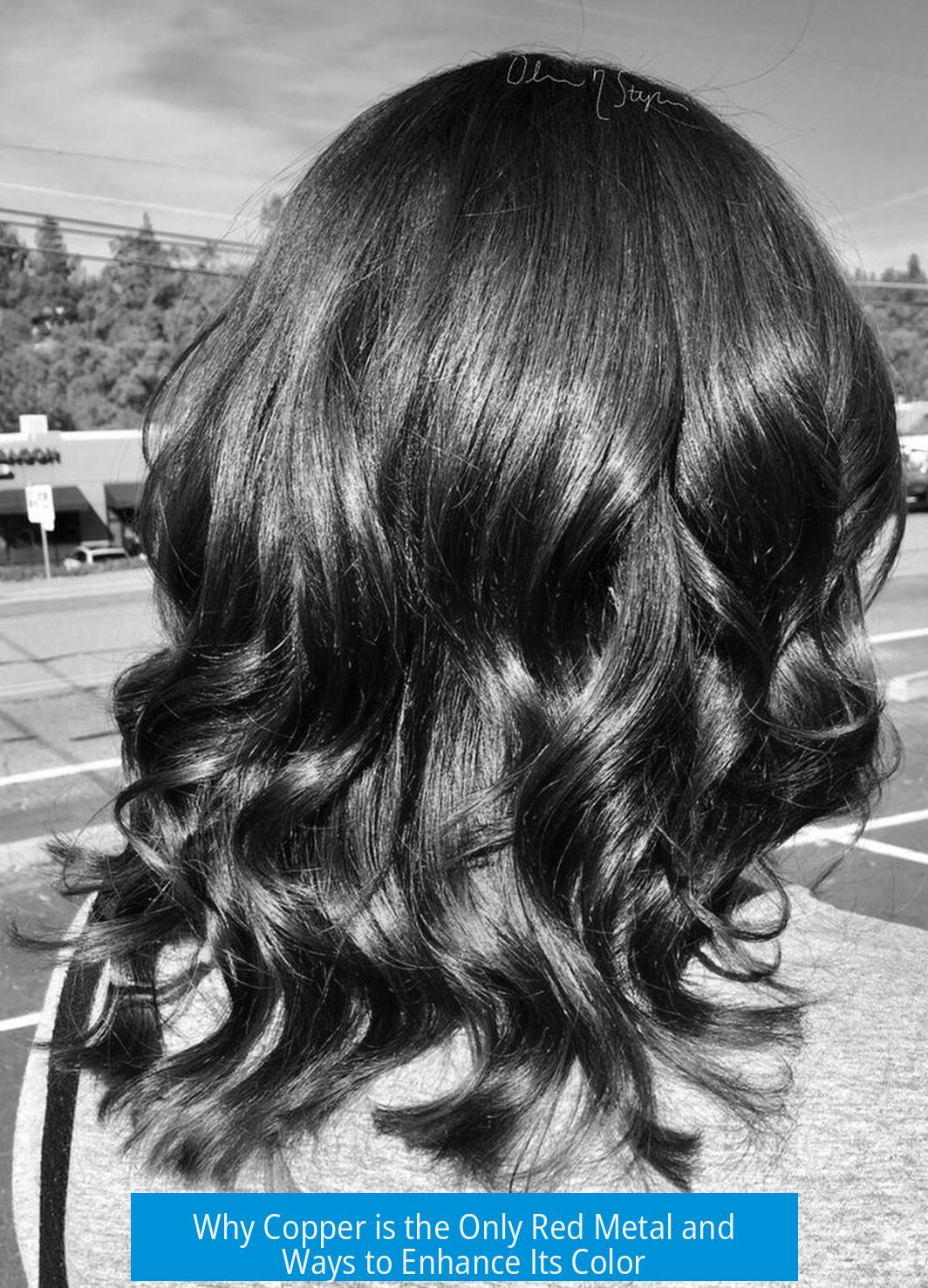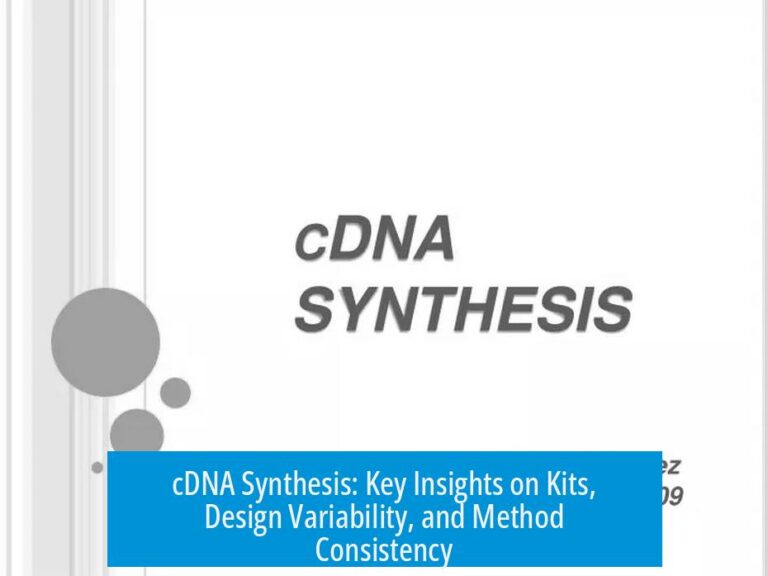Copper is unique among metals for its distinctive reddish color, which arises from the specific electronic transitions within its atomic structure. Its reddish hue is intrinsic to its electron behavior and cannot be dramatically altered without affecting its other properties. While various methods can enhance or simulate a “redder” appearance, truly deepening copper’s natural color involves complex chemistry and trade-offs.
Why Copper Displays a Unique Red Color

Copper’s red tone results from its electronic structure, particularly the behavior of electrons in its d-orbitals. These orbitals are closely spaced in energy. When visible light hits copper, it excites d-electrons to higher energy levels. As these electrons relax back down, they emit energy within the visible spectrum, which generates the metal’s characteristic reddish glow.
This phenomenon is uncommon among metals. Most metals like silver or aluminum reflect light broadly, giving them a silvery or grayish color. Copper’s electron transitions restrict the range of wavelengths it reflects, favoring red tones.
Electronic Transitions and Color
- Copper has partially filled d-orbitals close in energy.
- Visible light excites electrons to higher d-states.
- Relaxation emits specific wavelengths perceived as red.
In contrast, metals with different electronic configurations reflect light more uniformly, resulting in their typical metallic shine but no distinctive color.
Impact of Alloying on Copper’s Color
Altering copper’s composition by alloying changes its color. Adding other metals modifies its electronic environment, affecting which wavelengths are absorbed or reflected.
Common additives and their effect include:
| Alloying Element | Typical Effect on Color | Notes |
|---|---|---|
| Zinc | Lighter, more yellowish | Common in brass; used for decorative finishes |
| Nickel | Lighter, silvery tint | Small percentages lighten copper’s red |
| Beryllium | Closer to copper red | Hazardous; should be avoided for skin-contact items |
While alloying can adjust the color moderately, it cannot replicate pure copper’s depth of red without compromise. For example, brass with zinc loses the deep red hue and gains yellow tones. This trade-off limits how “red” an alloy can appear.
Can Copper Be Made “Redder”?
Enhancing or amplifying copper’s red appearance is challenging but possible through surface treatments and compositional modifications. Some approaches include:
Electroplating Pure Copper
One practical approach is manufacturing the core object with an alloy for mechanical properties and then electroplating a thin layer of pure copper on its surface. This provides the visual red copper finish but maintains durability from the core alloy.
Surface Oxide Patinas
Applying heat in a salty environment produces a red oxide patina on copper. This surface treatment creates a vibrant, red-hued oxide layer.
- The oxide layer forms by heating copper red-hot in the presence of salt.
- The resulting color can be bright and intense.
- The surface patina is thin and fragile, needing protective coatings like lacquer.
However, since it is only surface deep, the patina wears off and requires maintenance.
Alloying with Gold to Produce Rose Gold
Rose gold derives from mixing copper with gold, typically 25% copper and 75% gold. This material exhibits an appealing pinkish-red tint stronger than pure copper alone.
Though rose gold is visually richer in red tones, it uses costly gold and differs significantly in other properties.
Anodizing Alternative Metals
Anodized aluminum can produce red finishes but belongs to a separate class of materials. While it simulates color options, it cannot modify copper’s inherent color.
Reductive Fire Glaze Inspiration
Ceramists achieve “copper red” glazes through reductive firing, controlling copper’s oxidation state in a matrix to produce vibrant reds. Applying this principle directly to copper metal surfaces remains experimental and has yet to be well-documented for metals.
Quenching Techniques
Some artisans attempt quenching copper in borax solutions or similar treatments to alter surface color subtly. This method lacks broad verification but may influence surface finish temporarily.
Additional Notes on Copper’s Color Durability and Practical Concerns
Copper’s surface will naturally age and oxidize over time, forming greenish patinas (verdigris). This is common in copper rings or decorative items and contributes to the metal’s character but changes the original red tone.
High copper content alloys can cause skin discoloration (green fingers) due to interaction with sweat and skin oils.
Studying manufacturing practices for copper items like Moscow mule cups may reveal insights into economic surface finishes and maintenance strategies to preserve copper’s red appearance.
Summary of Key Points
- Copper’s red color derives from specific electron transitions in its d-orbitals.
- Alloying modifies copper’s color but generally makes it lighter or less red.
- Electroplating provides a durable way to display pure copper’s red hue over workable alloys.
- Surface treatments such as heating in salt form temporary red oxide patinas.
- Rose gold alloys create a redder appearance but involve gold and higher costs.
- Color preservation requires maintenance due to natural oxidation and wear.





Leave a Comment